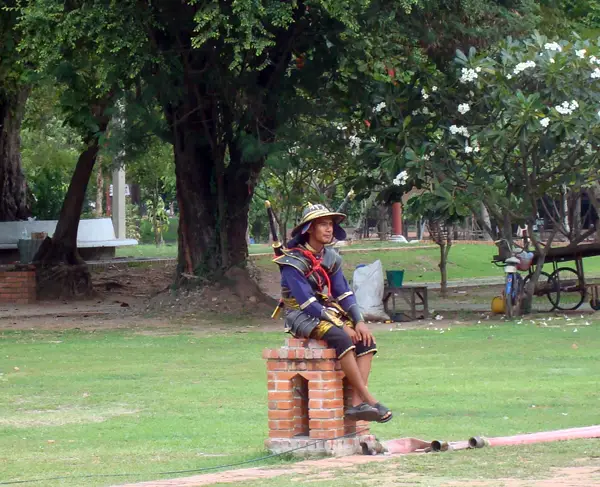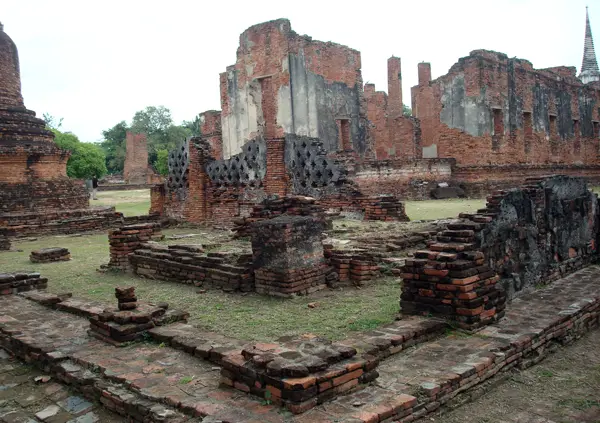Back in Auytthaya, the Kalahom’s s scheme was proceeding at full speed, until he killed one man too many, Phya Kampangram. This nobleman happened to be a personal friend of Nagamasa, who had the victim’s body recovered after he was executed, and then buried him. It was finally time for a showdown between Nagamasa and the Kalahom, who were at this point the two most powerful men in Siam. But, after an initial refusal, the Kalahom was again able to visit Nagamasa’s dwelling and to convince him to renew their alliance.
Killing Nagamasa in Ayutthaya was out of the question, as the wrath of the Japanese would have probably destroyed the Kalahom, who at this point still needed them as allies. Thus, the shrewd nobleman plotted his ultimate conspiracy. Nagamasa was summoned to court, and to his surprise, he was made king of Ligor (today Nakhon Si Thammarat), a province in the South that since the 16th century had been paying tribute to Ayutthaya. At first, Nagamasa hesitated, however as the Kalahom flattered him with compliments, a crown and an enormous quantity of presents, he finally accepted. Van Vliet, the Dutch merchant-historian, concluded that desire for goods and power became the reason for Nagamasa to accept the governorship.
Ligor, instead, could have been a fresh start for Nagamasa. Away from the Kalahom’s bloodthirstiness and greed for power, Nagamasa and his men would have had a kingdom to themselves. From there they could have continued their trade and lived on as the first Japanese able to carve out a whole province for themselves in the region, a feat that would no doubt have impressed the shogunate and other potential business partners. In Ligor, Nagamasa could have been a king without breaking his promise to Song Tham.
But, while Nagamasa had been crowned by the Kalahom, Ligor actually had another king, a “rebel” who had refused to pay tribute to Ayutthaya. Thus, Nagamasa would have to prove he was a worthy monarch by annihilating this “bandit.” Ipso-facto, the Japanese left Ayutthaya in August or September 1929, and by January 1930 Nagamasa had ousted his competitor and had settled in Ligor.
With him were 300 of his men and 3-4000 Siamese troops. Those who had created disorder in the city were arrested and executed and had their wealth confiscated by the Japanese. This is not hard to believe, however, the fate of the former king (sometimes called in sources “governor”) is not clear. The Director General of the VOC, Antonio van Diemen, reports in a letter that the king was captured and sent to Siam (meaning Ayutthaya). However, van Vliet, reconstructing the events in his Historical Account of King Prasat Thong, says that the “governor” was forgiven and kept as chief advisor, in what would have been another of Nagamasa’s ill-fated judgments.
In the meantime, the Kalahom had done a quick job of deposing and killing Athittayawong on the pretext that the 10-year-old was “too childish” for the throne of Siam. He had fulfilled his dream, and had become King Prasat Thong, the ruler of Siam.
Resources: “Samurai of Ayutthaya – The Historical Landscape of
Early 17th Century Japan and Siam: Yamada Nagamasa
and the Way to Ayutthaya” by Cesare Polenghi (p. 55-57)



